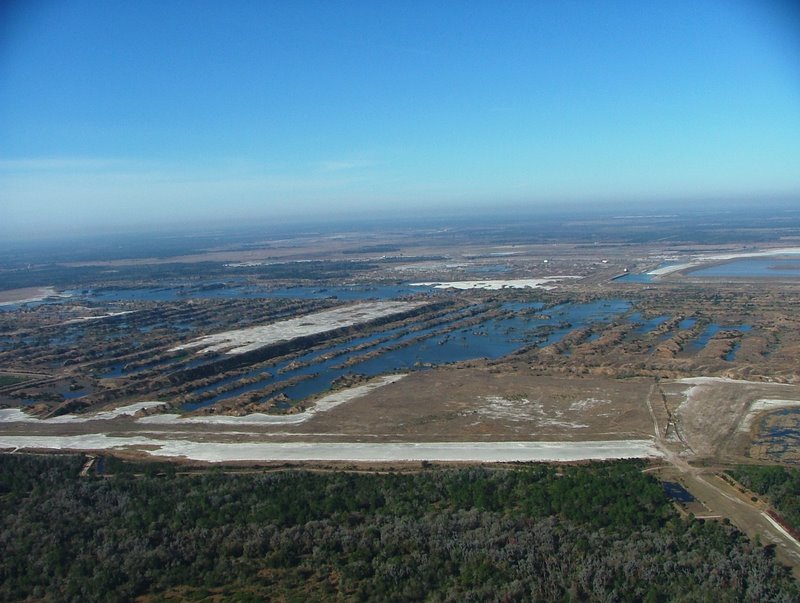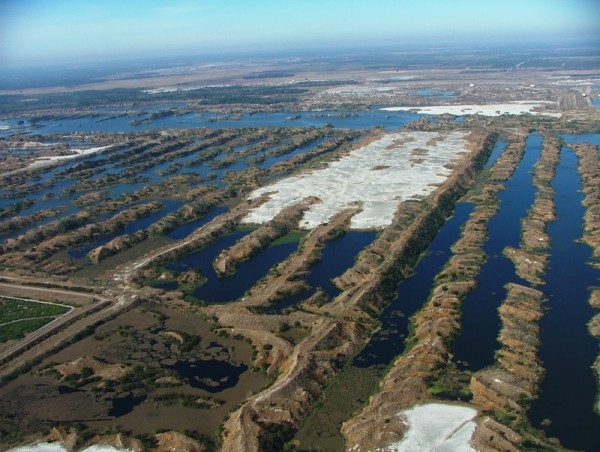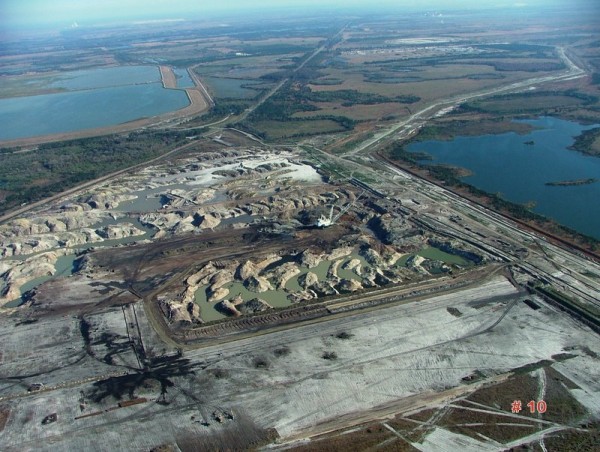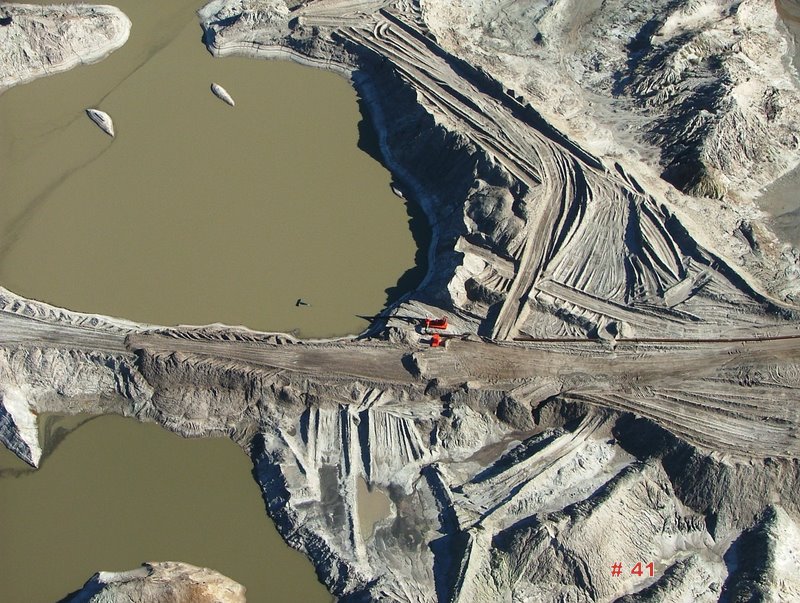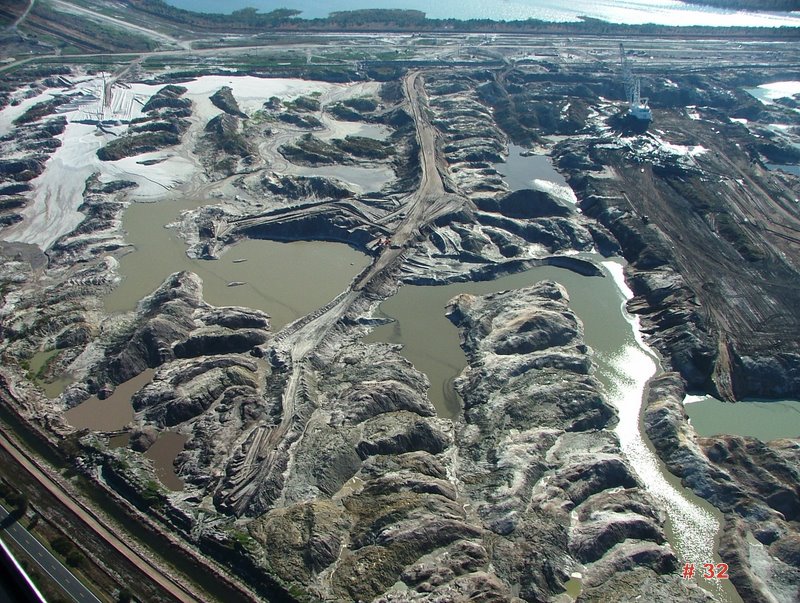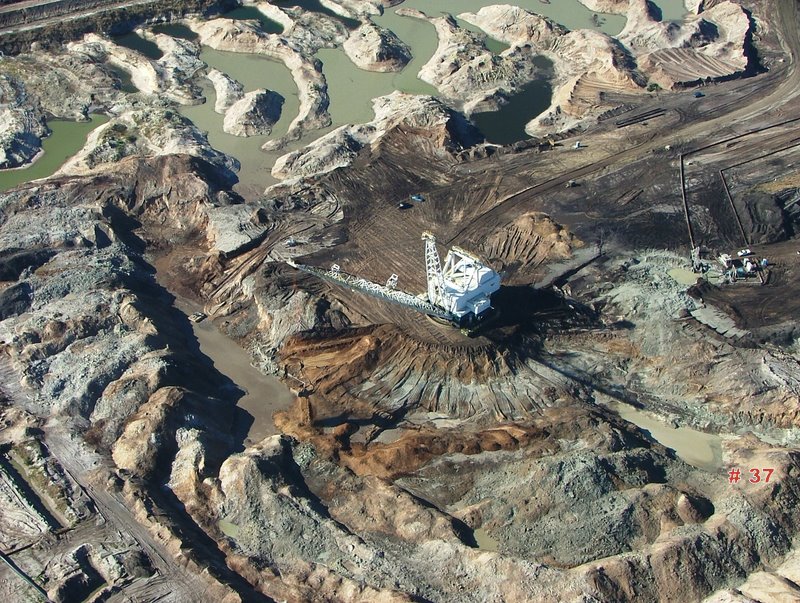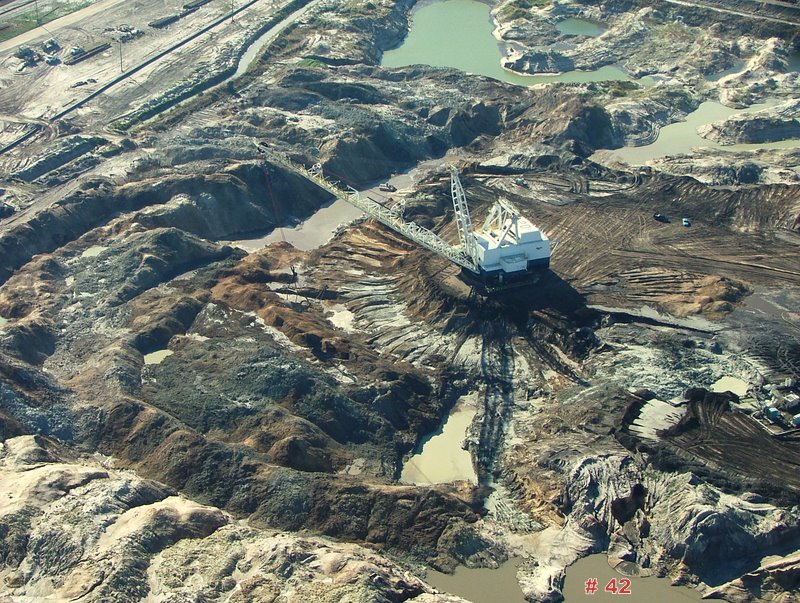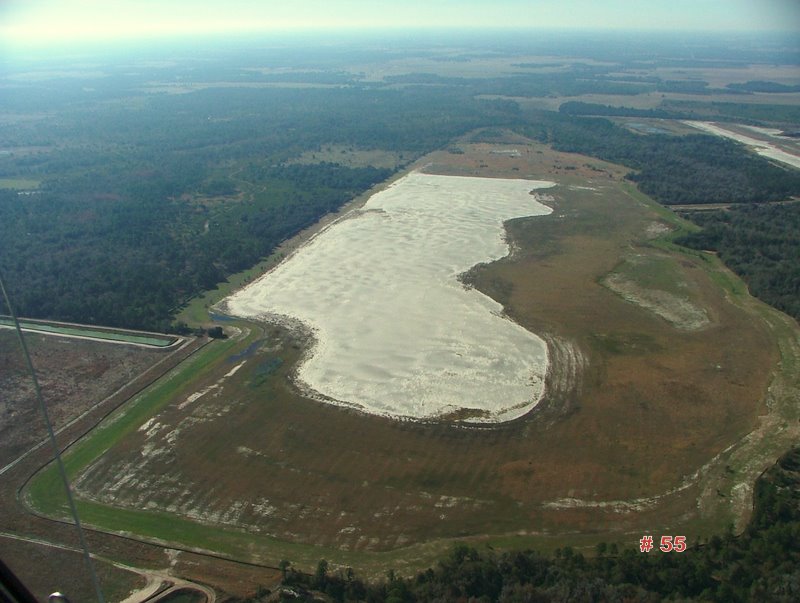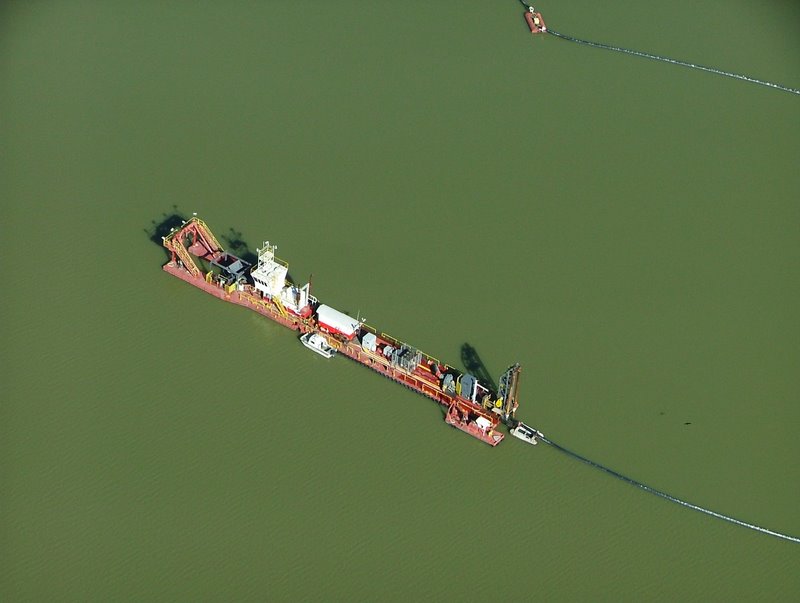As crude oil from the BP/Deepwater Horizon well pours inexorably into the sensitive environment of the Gulf of Mexico, remember that only a few weeks ago Florida was debating the possibility of allowing off-shore drilling along its coast. The environmental community staunchly recommended against it – because the consequences of the environmental damage associated with off-shore drilling were an unacceptable risk to the economy as well as the environment of our beautiful state.
Likewise, as county commissions in Hardee and DeSoto Counties open their doors to expanded phosphate mining operations in the Peace River watershed we are inviting a similar kind of degradation to occur in our own backyards. A recent editorial in The DeSoto Sun complimented a decision by the county commission to approve a mining overlay which more than doubles the amount of land in the Pine Level area on both sides of Horse Creek that are designated for phosphate strip mining (an additional 17,000 acres). This decision by the commissioners has unquestionably legitimized the presence of Mosaic phosphate company in their midst and moved the county one step closer to strip mining operations with no regard for the recommendation of their advisory board or the will of their people.
We are told these days of wide-spread disenchantment with incumbent politicians who are oblivious to the will of their constituents. It could not have been any more obvious than at the May 25 Hearing in Arcadia when public sentiment was overwhelmingly opposed to the approval of the comp plan amendment allowing for additional mining by the people who live in the Pine Level community. As always we were reminded repeatedly that the amendment would not allow mining, and that there will be a rigorous DRI process before mining can actually be permitted. Yet, on the other hand, had the DeSoto Commissioners denied the expansion of the mining overlay that night, the door would have been closed on phosphate strip mining in the county – precluding a DRI.
The Sun Herald editorial extols the record of mine reclamation since 1975. In fact only 28% of all of Mosaic’s mined land has fulfilled total reclamations requirements. 37% is suitable only for “industrial” standards – that is, development like waste disposal and power plants. Mined land is no longer suitable for productive agriculture which is historically the basis of the DeSoto County economy. Reclaimed soil is substandard and is typically overgrown with cogon grass which is non-native and unsuitable for cattle forage. There is no denying that at least 40% of mined lands will end up as clay slime disposal – which is unsuitable for construction and agriculture, and considered by the US EPA as a “permanent impact” on the Peace River watershed. According to the Soil Suitability Index “where reclaimed overburden and sand tailing landforms are situated in the path of urban growth, and real estate values are elevated… such lands may be viewed as developable. Little if any urban development has taken place on waste clay disposal sites, which is understandable given the extreme physical shortcomings of clays as support for foundations.” This would explain why the vast majority of old phosphate land, even that which has been “reclaimed,” lies fallow and abandoned. Most of it is uneconomical for any kind of development.
To contend that the phosphate controversy is “not real,” as the Sun editorial apparently does, is naïve and inattentive. There is an abundance of scientific documentation on the negative effects of mining on the watersheds, agriculture, and urban development by the US Geological Survey, the EPA, DEP, and Water Management District. I suggest your readers go to Google Maps and check out the landscape from Ft. Green to Bradley Junction. Have a good look at what phosphate strip mining has done. All the water entrapped in those mine cuts and clay slime impoundments is water that once contributed to the aquifer which supplies our rivers and coasts. Also check out the 3PR website www.protectpeaceriver.org to consult the studies and other evidence that support our case against the phosphate industry.
Dennis Mader
President 3PR (People for Protecting Peace River)
Ona, FL

